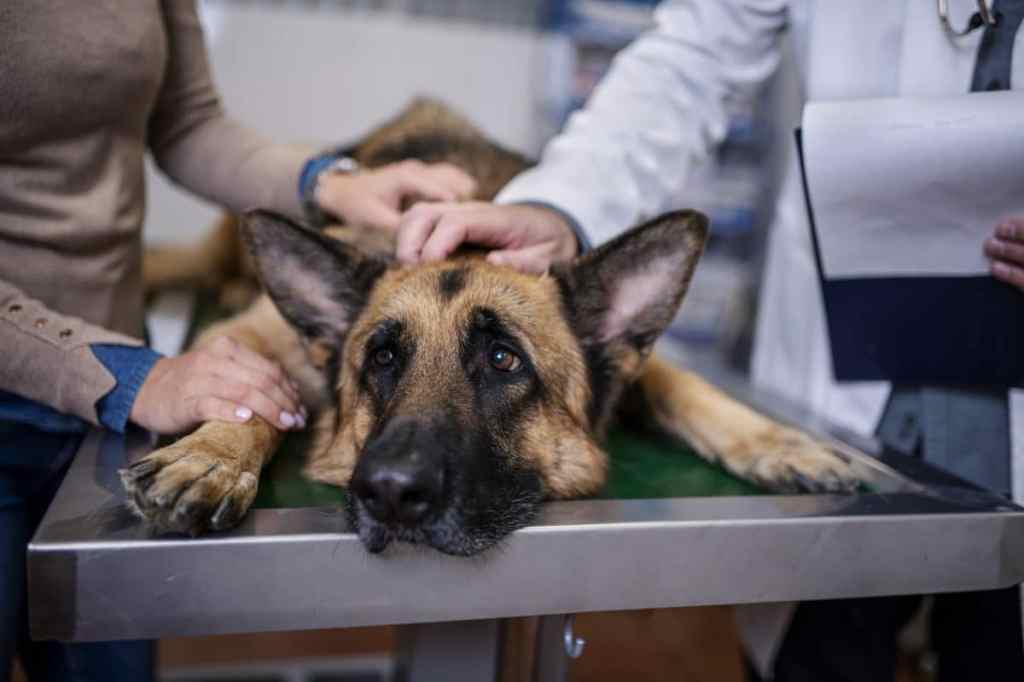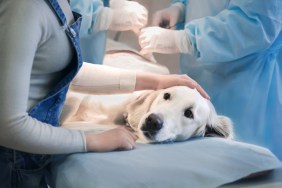Bloat in dogs is a life-threatening condition where the stomach fills with gas and, in some cases, rotates, which puts pressure on other organs and traps blood in the stomach.
This prevents blood from returning to the heart and circulating throughout the body, and the buildup of gas can cause breathing difficulty, damage the spleen, or cause the stomach to…




